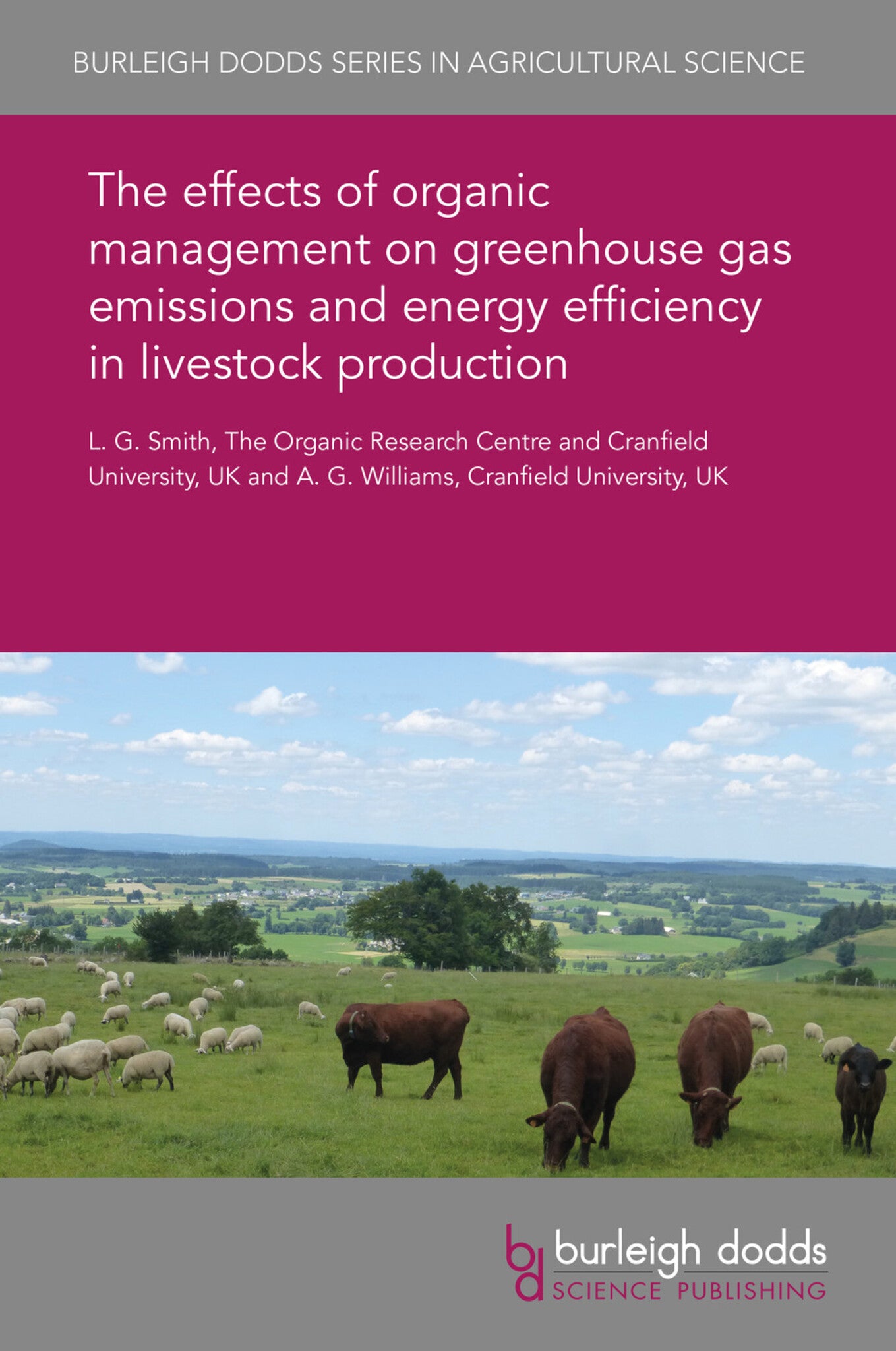We're sorry. An error has occurred
Please cancel or retry.
The effects of organic management on greenhouse gas emissions and energy efficiency in livestock production

Some error occured while loading the Quick View. Please close the Quick View and try reloading the page.
Couldn't load pickup availability
- Format:
-
26 February 2019


TECHNOLOGY & ENGINEERING / Agriculture / Sustainable Agriculture, Organic farming, TECHNOLOGY & ENGINEERING / Agriculture / Animal Husbandry, Sustainable agriculture, Animal husbandry

1 Introduction 2 Strategies for mitigating greenhouse gas emissions and improving energy efficiency in organic farming 3 Examples of innovation in practice: livestock farmers progressing towards greenhouse gas mitigation 4 Challenges and opportunities in research and development 5 Conclusion and future trends 6 Acknowledgements 7 Where to look for further information 8 References



